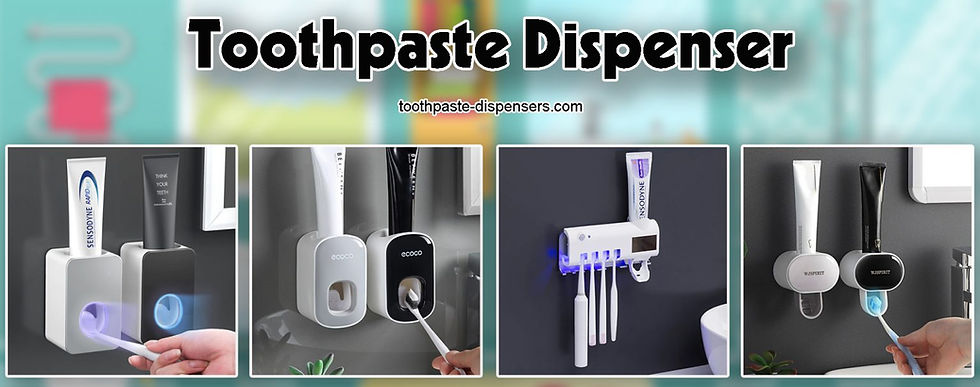The 5 Very Best Food Vacuum Sealers
- Fidget Simple Dimple
- 23 thg 8, 2022
- 4 phút đọc

At its core, the purpose of vacuum-sealing is a simple and noble pursuit: to make food last longer. But until I talked to a bunch of experts for this story, the idea of buying and using the actual appliance was one I found particularly overwhelming — especially because they aren’t particularly cheap. They’re such bulky-looking machines with so many buttons, I thought.
If you’re at all interested in buying food in bulk, or even just in bigger portions — meat, yes, but also dry goods — vacuum sealers help keep extras fresher for longer. But they also make super-efficient use of storage space, whether in your freezer, fridge, or pantry. They allow you to sous-vide, infuse, cure, and ferment. Many have attachments that seal cans (instead of the usual plastic bags) for pickles and jam, and many have a wet-seal setting that allows you to marinate in a fraction of the time it would otherwise take. As Kate Kavanaugh, co-owner of Western Daughters Butcher Shoppe in Denver, put it, “If you’re thinking about vacuum-sealing, you’re probably thinking about how you extend the life of something — whether vegetables you’re pickling, or flour you’re storing, or meat you’re freezing. But then they also have all of these fun perks — the stuff that is the fun cooking bonuses.” Here, Kavanaugh and a handful of other pros told me about their favorite models for home use.
There are two types of vacuum sealers: external and chamber. The former makes up the vast majority of the ones on this list, as they are specifically designed for regular consumers. As the name suggests, you put your food inside a bag, insert the open edge into the machine, secure the lid, and then press a button that suctions air out of the bag and then seals it shut. You can watch the whole thing in action: The walls of the bag contract to wrap super-tightly around the contents. The latter is the method used in commercial settings, whether a giant factory or a mom-and-pop butcher shop. They’re much bigger and more expensive, fully enclosing your bag with the food inside and sucking the air out with heightened power. While most home cooks won’t need such an intense contraption, I’ve included one relatively small and affordable option on this list.
Best overall food vacuum sealer
Vacuum-sealing is a huge part of my job,” explains Kimberly Plafke, production manager at the Meat Hook in Brooklyn. In the shop, when she’s sealing anything that doesn’t get sold immediately, as well as house-made charcuterie, it’s a chamber model that gets that work done. But she also has the FoodSaver at home and pulls it out frequently. “I find it super-helpful,” she says. “It’s a space-saver because you’re taking all the air out. You can organize your fridge and freezer so much better. I’m a crazy coupon lady and if I see a good deal on something at the grocery store, I can divide and then vacuum-seal and save it for ages.” Plafke is also very into canning. If she makes jam, puts it in a jar, and then puts that jar in the fridge, it will only last a couple of weeks. But if she seals it with the FoodSaver’s canning attachment (which nestles in a compartment at the top), the spread will be stable for much longer, up to a few months.
Anthony Accardi, owner of Brooklyn’s Transmitter Brewing, uses his FoodSaver four to seven days a week — “probably as much as my stove,” he told me. “It has long legs outside of straightforward sous-vide use. I use it to make quick pickles and for fermenting. It takes freezer burn out of the equation. You can marinate something for ten minutes instead of overnight and get the same amount of flavor. I cure pastrami, bacon, and ham in it.” As for the machine itself, Accardi calls it a “well-designed unit.” He particularly likes the view window, which helps to manage feeding the bag and to see what’s going on inside. He’s owned his for about four years with, as he noted, very frequent use. “I’m kind of surprised that it’s lasted so long for a home unit,” he says. “I don’t baby it.”
Best less expensive food vacuum sealer
Dave Yasuda, director of marketing at Snake River Farms, likes the Anova Precision Vacuum Sealer Pro, especially for cooking sous-vide. (He’s responsible for generating a lot of the photography the company puts out, so this gentle cooking method ensures the plated pieces of pork and beef have a consistent look.) In the office, they have a big, expensive machine. “But I often have to take this show on the road,” he says. For that, he turns to the Anova Pro, the smallest (and cheapest) unit on this list — though he points out that its original is even cheaper and smaller. “I’ve tried a lot of different ones, and sometimes they can be wimpy. This has a lot of suction. It’s powerful,” he says. “It also has a double seal, so there’s no chance of leakage. It has a drainage spout. It has the ability to change the amount of suction. Like, a steak should be sealed as tightly as possible. But if you’re doing dried goods, it doesn’t need to be quite so tight.” The final upside? “Other machines can be bulky and look old-fashioned. This one is sleek. Plus, it’s pretty innocuous space-wise. I turn it on its side and put it behind my pots and pans.
https://simpledimplefidget.tumblr.com/post/693384450642526208/the-best-vacuum-sealer


Bình luận